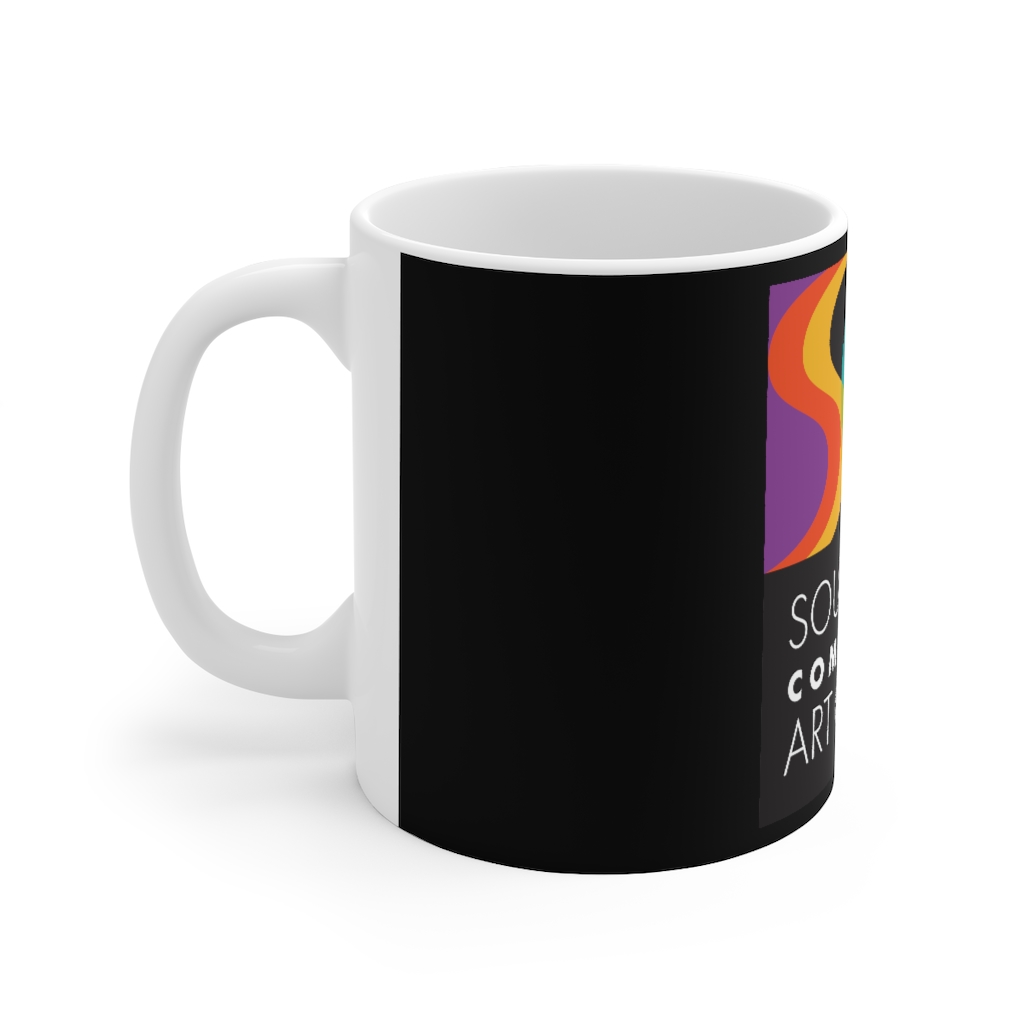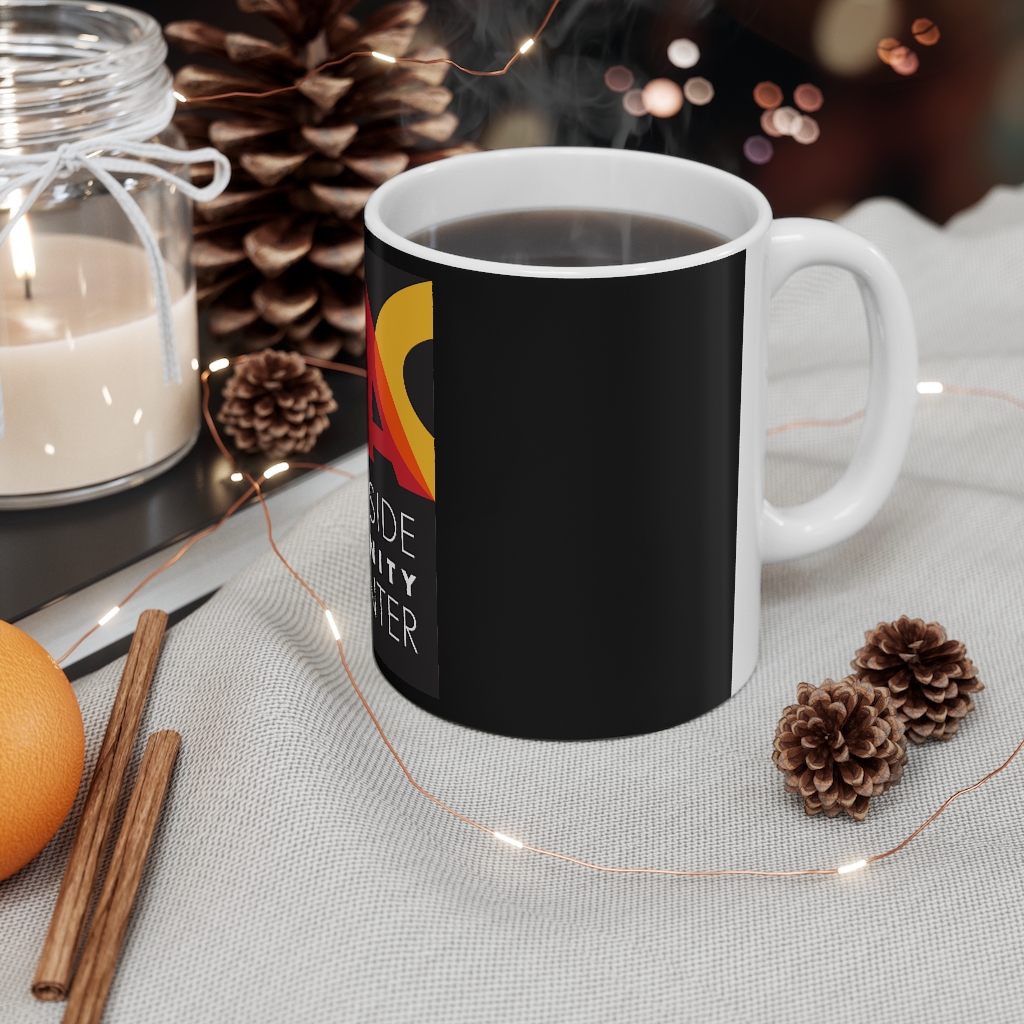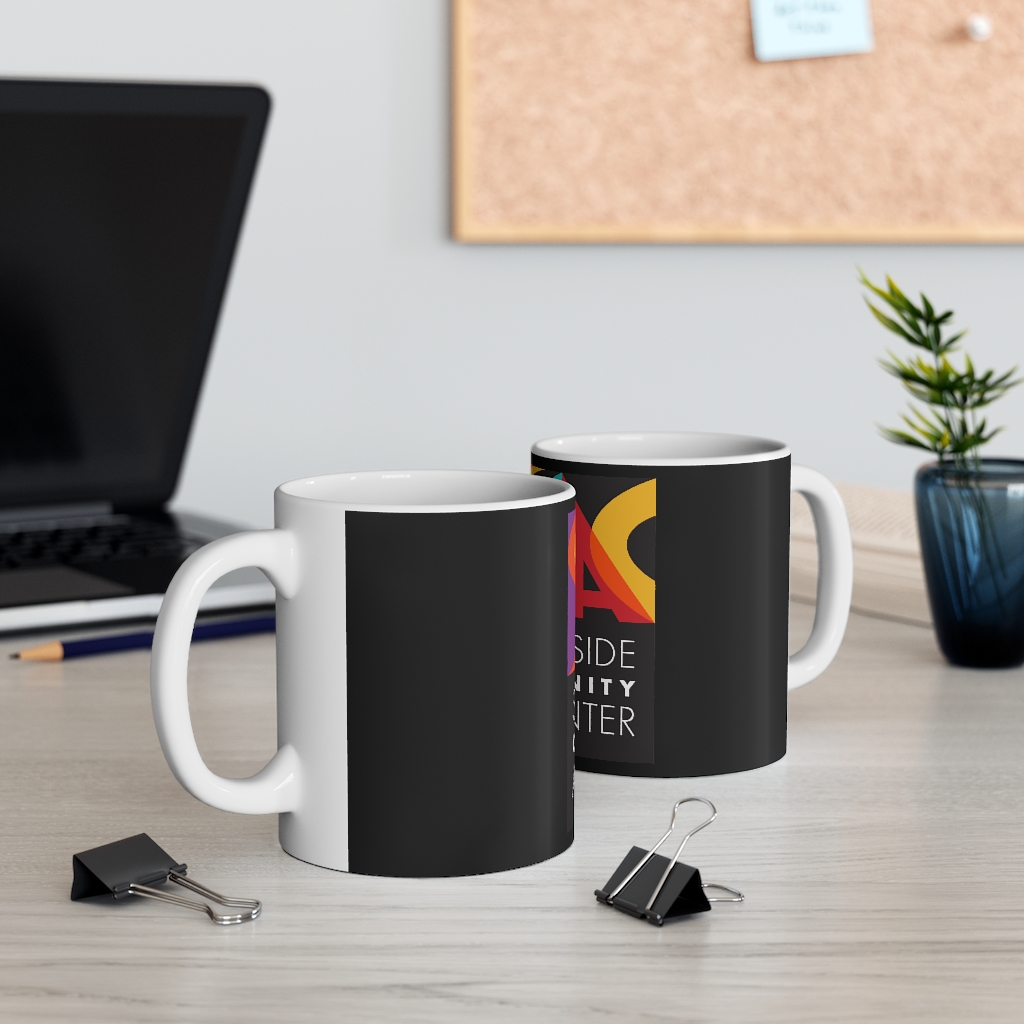Warm your spirits with a cup of something nice in your South Side Community Art Center perfectly sized ceramic mug. It’s microwave and dishwasher safe and made of white, durable ceramic. It also makes a perfect gift for the coffee, tea or hot chocolate lover in your life.
.: White ceramic
.: 11 oz (0.33 l)
.: Rounded corners
.: C-Handle









Reviews
There are no reviews yet.